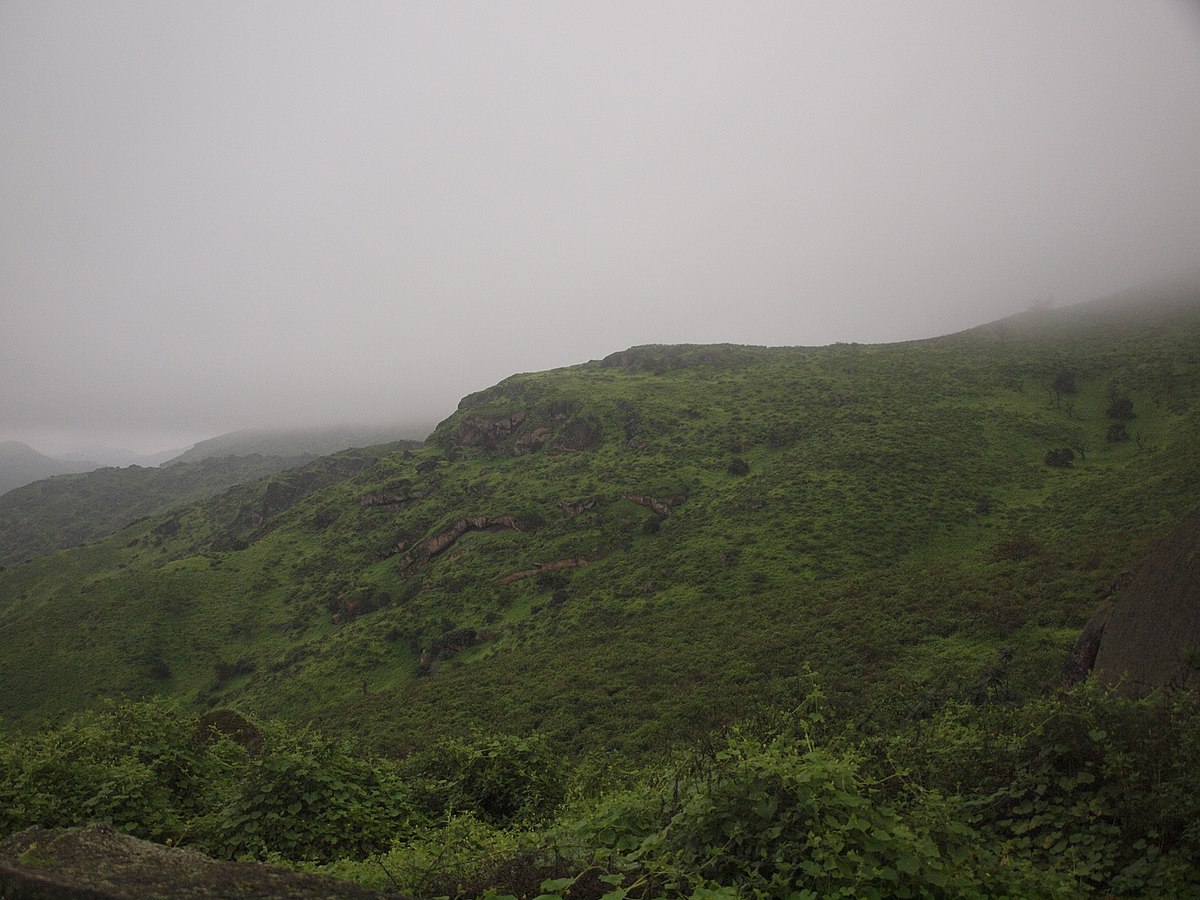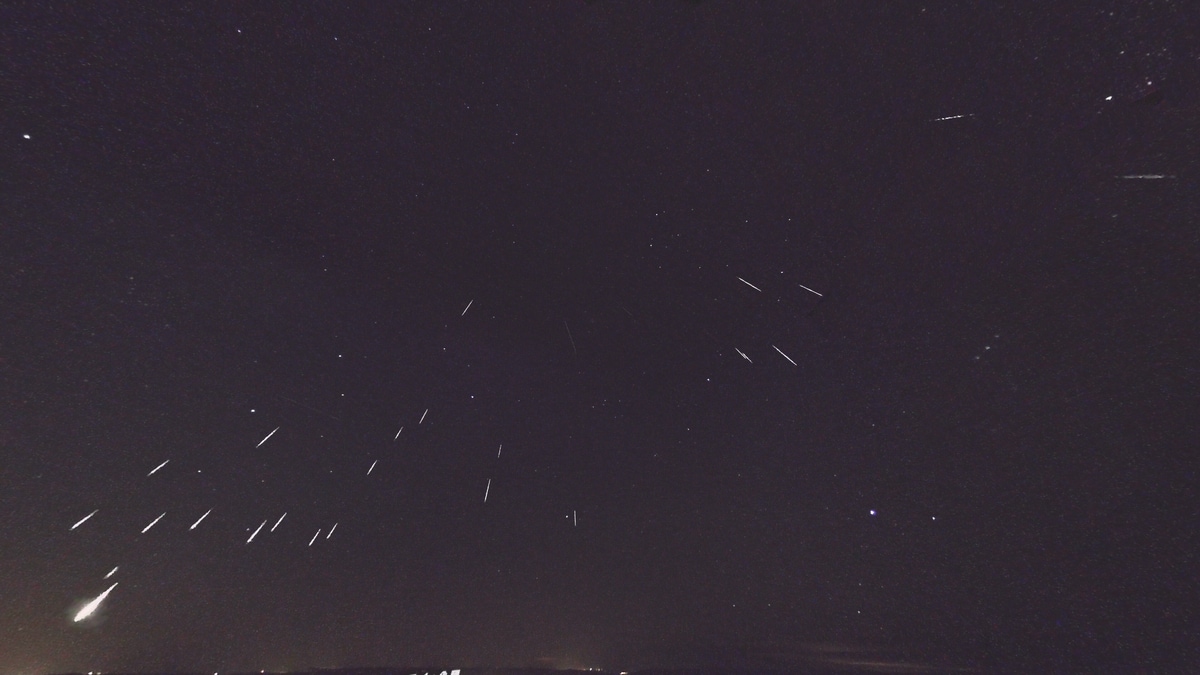I løpet fem sekunder registrerte kameraer i Telemark 23 ukjente objekter på himmelen. De beveget seg i ekstremt høy hastighet og brant opp. Ekspertene kan ikke forklare hva det var.

www.nrk.no
Something strange over Norway. Are we entering a denser part of the universe? Video and pictures in the article.
google translation:
Something unknown has hit Norway
Within five seconds, cameras in Telemark recorded 23 unknown objects in the sky. They moved at extremely high speed and burned up. The experts cannot explain what it was.
Image showing all the meteors that entered the atmosphere over Norway within five seconds on 30 October.
Video cameras on Gaustatoppen in Telemark captured the incident. It happened at 04:54 on the night of 30 October.
- This is something we cannot explain, says Morten Bilet in the Norwegian Meteor Network.
The lights look like meteors. There are fast moving lights in the sky.
Meteors are not an uncommon sight. If you look up when the stars are clear, you will almost certainly see a meteor within an hour. Nevertheless, what happened on 30 October is far from the norm.
Morten Bilet, meteor expert in the Norwegian Meteor Network.
SEEN A LOT: Morten Bilet from the Norwegian Meteor Network has studied phenomena in the sky for many decades. He believes that what has happened now must be something very rare.
Photo: Anders Haualand / NRK
- It is completely unique that so many meteors should appear in the night sky in such a short time. So we don't know where this is coming from, or what the cause is, says Bilet.
From the same point
In the video from the event, it is clear that all 23 objects come out of the same point in the sky.
- This is what makes it unique, says Bilet.
The researchers do not know what this is. The video was recorded by the Norwegian Meteor Network at Gaustatoppen on 30 October this year.
Other cameras captured parts of the incident. 17 of the objects were registered in Larvik. One object was registered in Oslo.
This gives the experts enough information to determine where they hit the atmosphere, and from which direction they came.
Came from the east
- They started hitting the atmosphere above the Baltic Sea, then Sweden and finally parts of Norway, explains Steinar Midtskogen from the Norwegian Meteor Network.
It was he who operated the cameras at Gaustatoppen. The Norwegian Meteor Network has seven cameras there. Four of them picked up the trails of light. The recordings from these four are combined in the video that accompanies this case.
The Norwegian meteor network has added sound to the video, which gives it an extra dimension. You can see the video here.
- This was an extended beam of objects that arrived at Earth at approximately the same time, explains Midtskogen.
Not a weapon
The video recordings also provide information about the speed of the objects.
- They came quickly. 64 kilometers per second. That is much higher than the speed of what we humans have sent into space. So this is not space junk, says Midtskogen.
- It is true that in the direction they came from is Ukraine. It is clearly not a weapon. The speed is too high. This is some astronomical phenomenon, Midtskogen asserts.
The fastest recorded weapon is the Russian Kinzjal. It is a so-called hypersonic weapon. The assumed top speed is approximately four kilometers per second
The incident has caused international attention in the meteor community. The International Meteor Organization (IMO) has written about it.
IMO believes it could be a matter of a so-called meteor shower. Such swarms occur when Earth enters dust belts in space. These belts are the traces of
.
- There are no known dust belts that can explain this. No swarms have been registered from this direction at this time, says Morten Bilet.
Although it is a new, and so far undiscovered meteor shower, the event on 30 October is unusual.
- During the most active shooting star showers, you may see 30 meteors per hour. Here almost as many arrived in five seconds, says Bilet.
Will investigate
The experts are convinced that the event has an astronomical origin.
- It may have been an object consisting of ice and pebbles. The ice cream can have
and the object has then broken. If this happened shortly before the debris hit the earth, it could explain how close the hits have been in time and space, says Midtskogen.
If it is the remains of a comet, and that the Earth actually hit an unknown dust belt on October 30, then it could happen again next year.
- We will monitor extra closely to look for higher than normal activity. Work is also being done to find out whether increased activity has been registered around this date and from this direction earlier, says Bilet.

 en.m.wikipedia.org
en.m.wikipedia.org


